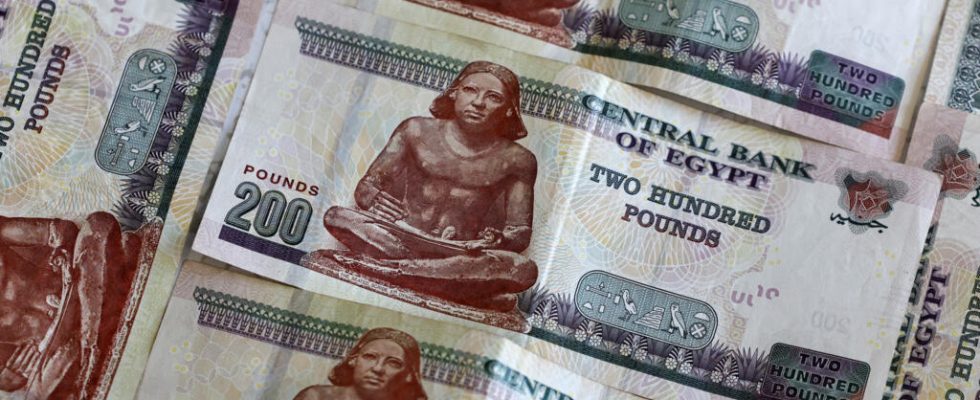Investors are praising Egypt’s debt since in one month they offered $21 billion to the Egyptian Treasury, almost ten times more than the amount of bonds initially offered. The phenomenon is new and linked to the financial rescue plan concluded at the beginning of March.
2 mins
The Egyptian debt acted as a foil just a few weeks ago, it now has an exceptional rating. In one month, the $2.4 billion in bonds placed on the market attracted $21 billion from investors. This allowed the Egyptian Treasury to raise its offer to 8.5 billion. Automatically, the yield on Egyptian bonds fell, although it remains in double digits, a reflection of lower risk.
Confidence in Treasury bonds has returned thanks to the rescue plan granted on March 6 to the Cairo authorities if they let the currency, the Egyptian pound, float. A $57 billion plan where aid from the IMF, the World Bank and the European Union was added to a giant investment by the United Arab Emirates on the Mediterranean coast.
Avoiding the country’s economic collapse
This aid is the manifestation of an eagerness of international creditors to avoid at all costs the economic collapse of the Egyptian giant, in the current geopolitical context. Nearly two-thirds of Egypt’s 106 million people live below or just above the poverty line.
The country is facing a drop in foreign exchange earnings, whether thanks to tourism affected by the pandemic, then the war in Ukraine and now that in the Gaza Strip, or thanks to the Suez Canal. Attacks by Yemen’s Houthi rebels in the Red Sea and Gulf of Aden have lowered dollar revenues from the canal, a crucial passage for global trade, ” from 40 to 50% » since the start of the year, according to the IMF.
Between 2013 and 2022, Egypt’s external debt increased from $46 billion to more than $165 billion, according to World Bank data, making Egypt the second country most at risk of default, behind Ukraine in war.
Read alsoA “global strategic partnership” has been signed between the European Union and Egypt
